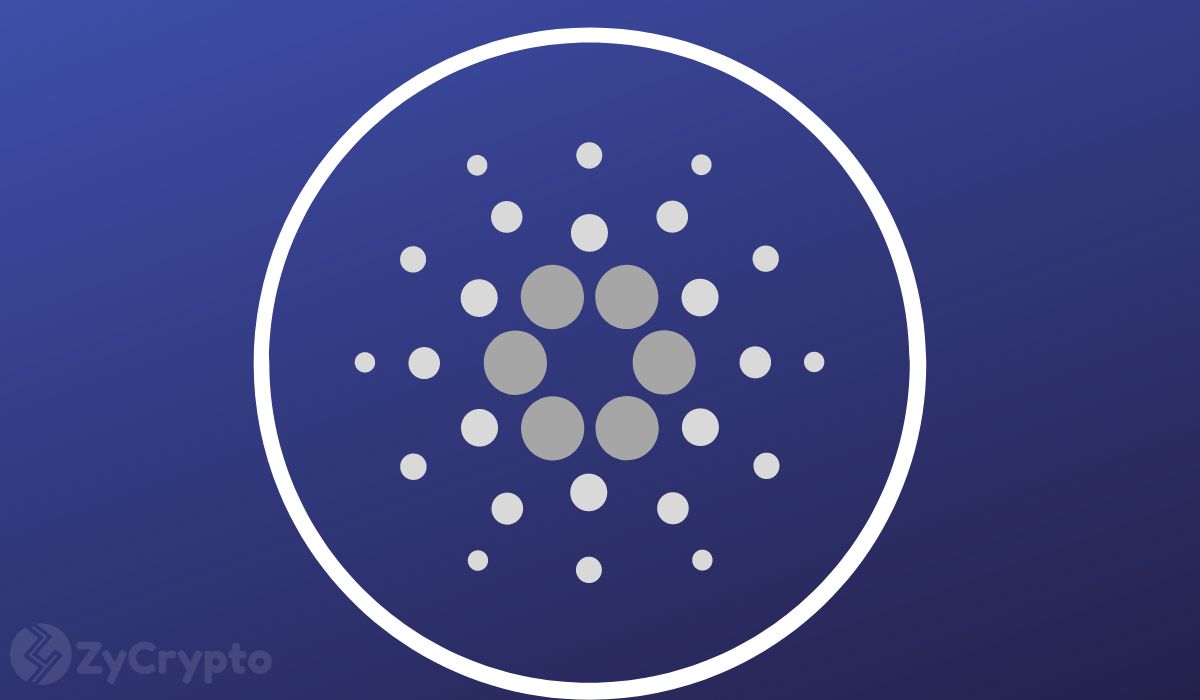In a sobering development underscoring the persistent security challenges within the decentralized finance (DeFi) ecosystem, GANA Payment, a relatively new but ambitious player in the Web3 payments space, has suffered a multi-million dollar hack. The incident, confirmed early on November 20, 2025, sent immediate shockwaves through the community, raising urgent questions about the robustness of security protocols and the vulnerability of user funds even in seemingly innovative platforms. This latest breach adds another chapter to the ongoing narrative of DeFi’s struggle with sophisticated exploits, forcing a critical re-evaluation of trust and risk management.
The GANA Payment Exploit: A Closer Look
GANA Payment positioned itself as a next-generation solution for seamless, blockchain-native transactions, aiming to bridge traditional payment rails with the speed and transparency of decentralized networks. It promised lower fees, faster settlement, and enhanced privacy, attracting a significant user base and substantial locked value in its various liquidity pools. While specific details of the exploit remain under intense investigation, preliminary reports and on-chain analysis suggest the attacker exploited a critical vulnerability within one of GANA’s core smart contracts governing liquidity provisions or cross-chain asset bridges. The exact method, whether a complex reentrancy attack, a flash loan manipulation, or another sophisticated vector leveraging an overlooked logic flaw, is still being meticulously pieced together by GANA’s internal security team and external blockchain forensics auditors. The precision and scale of the attack point to a well-resourced and technically adept group.
- Estimated Loss: Initial estimates peg the total stolen assets at over $35 million, primarily comprising major stablecoins (USDT ($1.00), USDC ($1.00)) and GANA’s native liquidity provider tokens (LPTs), which underpin the platform’s functionality.
- Attack Vector: The prevailing theory suggests a sophisticated smart contract exploit, likely targeting a critical flaw in the contract’s logic for handling deposits or withdrawals, or an access control vulnerability that allowed unauthorized minting or draining.
- Immediate Response: Upon detection, GANA Payment’s team promptly paused affected contracts and initiated emergency multisig operations to secure remaining funds where possible. They issued an urgent advisory to users, recommending immediate withdrawal of funds from unaffected pools and ceasing all new deposits.
- Investigation: Law enforcement agencies across multiple jurisdictions have been notified, and leading blockchain forensics firms have been engaged to trace the stolen funds and identify the perpetrator(s), a task made challenging by the inherent pseudonymity of blockchain.
Persistent Peril: DeFi Security Under Scrutiny
The GANA Payment hack serves as a stark reminder that despite continuous innovation, increasing institutional adoption, and the proliferation of security audits, the DeFi space remains a high-stakes arena prone to exploits. Bad actors are constantly probing for weaknesses, and even thoroughly audited protocols can fall victim to previously undiscovered zero-day vulnerabilities or intricate attack combinations that exploit the interactions between multiple smart contracts. This incident adds to a long list of multi-million dollar exploits that have plagued the industry throughout 2024 and 2025, highlighting a critical and ongoing need for enhanced security infrastructure, proactive threat intelligence, and a culture of continuous auditing and bug bounties. The financial impact of such events can be devastating for both the protocol and its users, often leading to irrecoverable losses.
The complexity of interconnected smart contracts, the rapid deployment of new protocols often under immense market pressure, and the immutable nature of blockchain transactions mean that once an exploit occurs, recovery is extremely difficult, if not impossible. The “code is law” principle, while foundational to blockchain’s appeal, places immense pressure on developers to ensure flawless execution and ironclad security from day one, as every line of code represents a potential attack surface.
Repercussions for Trust and Regulation
Each major DeFi hack chips away at broader user confidence, potentially slowing the mainstream adoption of decentralized technologies and hindering the sector’s growth. For GANA Payment, specifically, the road to regaining trust will be arduous, requiring transparent communication, robust compensatory measures (if feasible), and a complete overhaul of their security architecture. Beyond the immediate victims, such incidents also intensify calls for increased regulatory oversight from global bodies. While the decentralized ethos often clashes with traditional regulatory frameworks, governments globally are increasingly looking for ways to protect consumers and mitigate systemic risks in the crypto market. Hacks like GANA’s provide significant ammunition for those advocating for stricter controls, mandatory audits, and potentially even centralized intermediaries for certain aspects of DeFi, which could fundamentally alter the industry’s trajectory.
Paradoxically, these challenges also spur innovation. The incident might accelerate the development and adoption of more sophisticated decentralized insurance protocols, real-time threat detection and monitoring tools, and even AI-driven security auditing solutions. The market often self-corrects through innovation in response to challenges, but the cost in lost funds, reputational damage, and regulatory headwinds is invariably high.
Conclusion
The multi-million dollar hack suffered by GANA Payment is a painful reminder of the double-edged sword that is innovation in the DeFi sector. While offering unprecedented financial freedom and opportunities, it also presents a fertile ground for sophisticated exploits that demand constant vigilance. The industry must continue to prioritize security as its paramount concern, collaborate effectively on threat intelligence, and transparently learn from these costly incidents to build a more resilient, secure, and ultimately trustworthy decentralized financial future. For individual users, the mantra of “do your own research” (DYOR), exercising extreme caution when engaging with new or unaudited protocols, and diversifying risk remains as vital as ever in this dynamic and challenging landscape.
The post GANA Payment Suffers Multi-Million Dollar Hack: A Wake-Up Call for DeFi Security appeared first on FXcrypto News.






















 24h Most Popular
24h Most Popular

 Utilities
Utilities